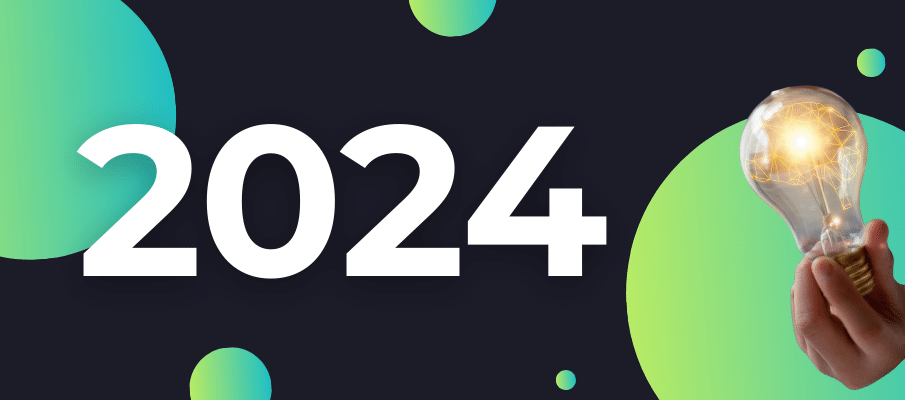Good bots, bad bots and ghost spam
By Tomahawk on
You may have noticed lately that there has been an increasing amount of odd-looking referral websites cropping up in your Google Analytics reports. This is known as referral spam.
Whilst this traffic doesn’t normally harm your website, it can skew your web traffic analytics because they often have a low visit duration and high bounce rate (yuk!).
There are three types of spam traffic - here’s what it is about and how to deal with it. Maybe grab a cuppa tea first because, let’s be honest, this isn’t the most exciting thing you’ll ever read.
1. Well behaved bots
A "bot" is an automated computer programme that visits your website to gather information, e.g. a search engine bot crawls your site to determine how to rank it in results.
Many of these bots – aka “spiders” (because of the word “crawl”… get it?) – are so well behaved, they won’t noticeably show in your analytics. Google helps prevent this further with their “Bot Filtering” option. To turn this on, go into Admin (at the top) and click on the View Setting.
2. Creepy Crawlers
Unfortunately, there are other bots that don’t behave so well, and they will continue to show up in your reports.
Semalt is one such pesky bot that we see all the time, but you can request for them to avoid you here: https://semalt.net/.
Other bots are hitting your site purely to show up on your reports and get you to visit their websites. Here they may try to solicit your business, or even worse, give you a computer virus. Don’t give them the pleasure!
Here’s some common culprits we’ve been noticing:
You could ask your web development company to block each of these from visiting your website with some code, but the problem with this is that there are constantly new ones appearing. Instead we would suggest you use what’s called an “Advanced Segment” (Google’s fancy name for filter) to remove them.
Download our guide on how to add an advanced segment here.
3. Ghost Spam
This is the worst type of spam, as there is often little we can do to predict or prevent it. Much of the time it comes in the form of Direct Traffic, in which case the main sign is that your bounce rate is much higher for this Channel, e.g.:
Another sign is that a country’s bounce rate is higher too. In this case when we add the pre-made “Direct Traffic” Advanced Segment, we can see the USA is the culprit:
In these situations, more often than not it’s best to grit your teeth and wait until it goes away.
Have questions or need further help? Get in touch with our digital marketing team.
Read more articles
10 Trending Marketing Strategies for Tourism in 2024
By Tomahawk |

The travel bug is buzzing again, and 2024 promises to be a year of exciting growth for the tourism industry. With a landscape reshaped by the pandemic and evolving traveller preferences, it's crucial for businesses to stay ahead of...
25 Digital Marketing Strategies for Tourism
By Tomahawk |

Digital marketing is an ever-evolving part of promoting your tourism business. With new tools and technologies being developed constantly it's vital to keep on top of the latest strategies available to you. That's why we continue to...
